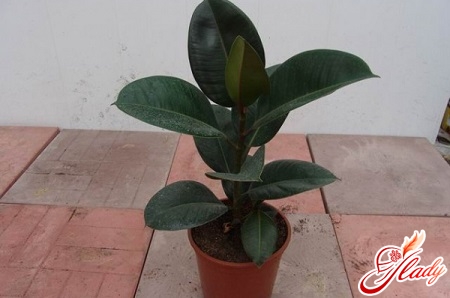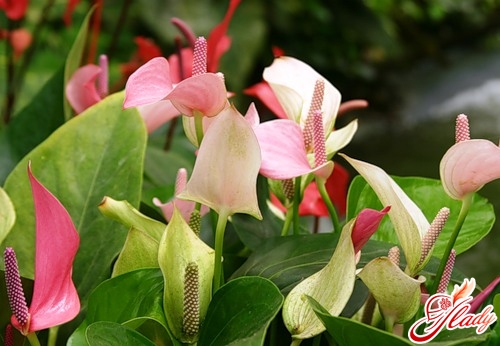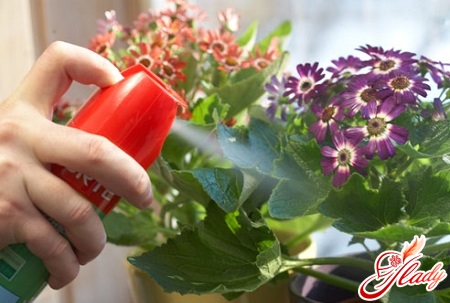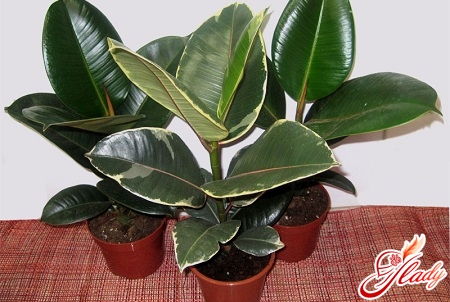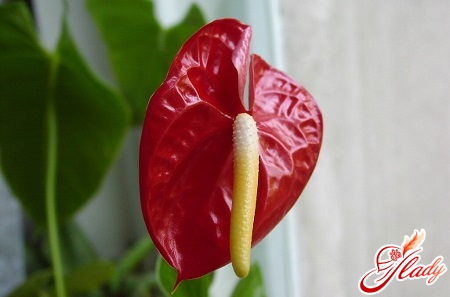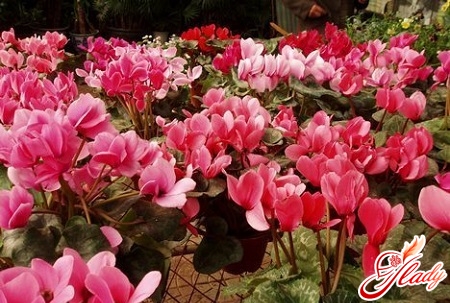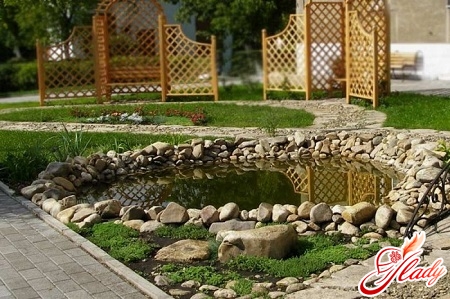 More and more summer cottagesturns from vegetable gardens into wonderful man-made landscapes. This is understandable. Our compatriots no longer feel an urgent need for vegetable plantations, but many are not averse to trying themselves in the role of landscape designers. Therefore, flower beds, lawns, alpine slides and, naturally, all kinds of ponds and fountains come to replace the beds. However, if we somehow cope with flower beds and lawns, then the arrangement of artificial reservoirs in the garden often causes certain difficulties. Most often, the reason for unsuccessful attempts is the rather small area allocated for these reservoirs. After all, a clean artificial pond requires a very impressive plot size - only then will an autonomous ecosystem be formed in the pond. And small ponds require constant care. In addition, surprisingly, it is a small reservoir that is more difficult to fit into the landscape of a summer cottage. Here, not only its size is important, but also its shape, as well as its decorative frame. Unfortunately, not all summer residents have an innate sense of taste, and not every home-grown builder and designer knows how to correctly apply the acquired knowledge in practice. So how to arrange an artificial pond in your garden? What mistakes should you try to avoid? How to care for a man-made pond in the country? Let's try to figure it out.
More and more summer cottagesturns from vegetable gardens into wonderful man-made landscapes. This is understandable. Our compatriots no longer feel an urgent need for vegetable plantations, but many are not averse to trying themselves in the role of landscape designers. Therefore, flower beds, lawns, alpine slides and, naturally, all kinds of ponds and fountains come to replace the beds. However, if we somehow cope with flower beds and lawns, then the arrangement of artificial reservoirs in the garden often causes certain difficulties. Most often, the reason for unsuccessful attempts is the rather small area allocated for these reservoirs. After all, a clean artificial pond requires a very impressive plot size - only then will an autonomous ecosystem be formed in the pond. And small ponds require constant care. In addition, surprisingly, it is a small reservoir that is more difficult to fit into the landscape of a summer cottage. Here, not only its size is important, but also its shape, as well as its decorative frame. Unfortunately, not all summer residents have an innate sense of taste, and not every home-grown builder and designer knows how to correctly apply the acquired knowledge in practice. So how to arrange an artificial pond in your garden? What mistakes should you try to avoid? How to care for a man-made pond in the country? Let's try to figure it out.
Construction of a reservoir
If the area of your site allows, then it is betterall you need to do is make a large pond, which over time will turn into a full-fledged reservoir with a closed ecosystem. However, for such construction you will have to use the services of specialists. After all, you will need to dig a large pit, strengthen its bottom and walls with reinforced concrete, and then cover it with waterproofing materials. However, if you want, have enough strength and time and have the funds, you can build such a pond in the garden yourself. But there is an easier way - using special reservoirs for ponds. Such containers can be purchased in garden stores, and the variety of their shapes and sizes will allow you to realize your wildest fantasies. We will consider this method of arranging a pond in more detail. The entire process of creating such a pond in the garden fits into a simple scheme:
- The pit is excavated according to the shape of the finished tank;
- is set by means of a level tank for the pond;
- sand between the walls of the pit and the tank;
- the beach is decorated and planted;
- the pond is filled with water.
In practice, this scheme is implemented as follows.We select and buy a pond container and deliver it to the site. Then we select a place for the pond. It is important that there are no large trees nearby, as the roots will interfere with digging a pit, and leaves and fruits falling from the crown will subsequently clog the reservoir. So, we place the container on the selected site, and then, using pegs and a rope, we “outline” the contour of the future pond according to the shape of the tank. Now we begin to dig a pit, stepping back ten centimeters from the designated contour. By the way, the depth of the pit should also be ten to twenty centimeters more than the height of the tank. Very often, the walls of the container have a stepped shape. The walls of the pit should have exactly the same shape. When the pit is ready, a ten-centimeter sand cushion must be poured onto its bottom, which will facilitate the shrinkage of the tank filled with water. Now we install the form in the dug hole and level it with a level. Having achieved the ideal position of the reservoir, we fill it with water by a third of its volume. All the voids between the walls of the tank and the pit are filled with wet sand, which we carefully tamp. In parallel with these works, we gradually fill the reservoir with water. And when all the installation work is finished, we decorate the banks of our pond with stone and soil and plant plants. First, we plant decorative aquatic plants, which will be located in the deepest part of the pond. Then, moving towards the banks, we plant other plants, and lastly, we decorate the bank itself. That's the whole simple process of creating an artificial pond with your own hands. But not everything is as simple as it seems. Often, even a pond made with love and according to all the rules does not look perfect, and over time it generally turns into an unsightly deep puddle with muddy water. And this happens because of the mistakes made during construction.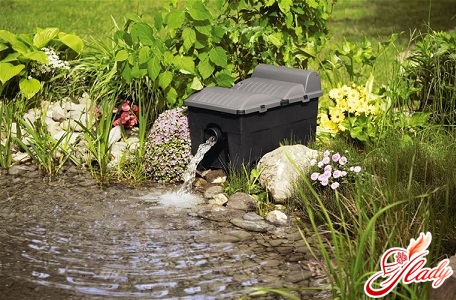
Possible errors in the construction of the reservoir
The mistakes we make when building a pond in the garden with our own hands can also be classified:
- wrong choice of a place for a pond;
- incorrectly chosen size and shape of the pond;
- errors in the choice of plants;
- insufficient care or lack of it;
- superfluous decorations.
Selection of a place if your country area is locatedпод наклоном или имеет естественные возвышенности или низины, то учтите его рельеф при выборе места под пруд. Если расположить водоем в верхней части садового участка, то его будет плохо видно. Пруд, расположенный на холмике, как и окруженный земляной насыпью, будет выглядеть крайне неестественно. Если обустроить пруд в низине, то в него может стекать талая вода, а таже размокшая земля или вода при поливе. А вместе с водой в пруд может попадать всевозможная садовая химия и удобрения. Поэтому для пруда нужно выбирать ровный, хорошо просматриваемый участок, защищенный от дождевых и талых вод. Важно, чтобы в непосредственной близости от пруда не росло крупных плодовых деревьев. Но и на абсолютно открытом для солнца участке водоем тоже нельзя располагать. Если пруд будет находиться под солнцем более четырех часов в сутки, то вода в нем быстро зацветет. Выбор формы При выборе формы водоема, созданного своими руками, важное значение имеет и размер дачного участка, и его стиль, и место расположения водоема. Береговая линия небольшого водоема не должна быть сильно изрезанной. Во-первых, вам будет сложно вырыть котлован такой формы, а во-вторых, пруд подобной формы будет выглядеть очень неестественно. Если вы собираетесь расположить водоем посреди замощенного участка, то лучше всего отдать предпочтение правильным геометрическим формам. Круглый, овальный или прямоугольный пруд отлично впишется в ландшафт сада, оформленного в регулярных стилях. А вот для пейзажного сада подойдет неправильная форма водоема с плавными изгибами береговой линии. Что касается глубины будущего пруда, то выбирайте такую емкость, максимальная высота которой не будет превышать одного метра. При этом глубина двух третьих площади вашего будущего пруда должна быть не более шестидесяти сантиметров. Оформление берега Самая распространенная ошибка при декорировании водоема, созданного своими руками, — неудачная маскировка краев емкости или пленки, которой застилается котлован. И отлогие края резервуара, и пленка ни в коем случае не должны просто лежать на земле. Как только уровень воды в прудике понизится (например, при элементарном испарении), края пленки или емкости сразу же обнажатся. А это выглядит, по меньшей мере не эстетично. Поэтому по периметру верхнего края водоема необходимо сделать террасу десятисантиметровой ширины. А уже на этой террасе располагать декоративные камни, устраивать грунтовую отсыпку и высаживать растения. Если сложно приобрести подходящие для декорирования камни, то замаскировать край водоема, сделанного своими руками, можно искусственным или натуральным плоским камнем, предназначенным для мощения. Если вы декорируете береговую линию круглыми или овальными валунами, то подбирайте камни различного размера, чтобы избежать эффекта бус. Учтите, что при разном размере фактура и цвет камней для декора должны быть одинаковыми. Не оформляйте берег только камнями – это тоже выглядит неестественно. Часть берега можно отсыпать гравием, засадить почвопокровными растениями или, наоборот, высокими кустистыми цветами (например, ирисами или лилиями). Декорирование Избыток всевозможных украшательств (собранных вокруг водоема садовых скульптур, фонариков, водопадов и фонтанов) – признак дурного вкуса. Безусловно, украсить пруд, сделанный своими руками, необходимо, но сделать это нужно грамотно. Остановите свой выбор на каком-то одном элементе декора, максимум – на двух. Пусть это будет, например, фонтанчик и стоящая возле пруда фигурка гнома (птички, зверушки). Если же сам фонтан представлен скульптурной композицией, то все дополнительные фигурки будут уже лишними. В этом случае лучше всего устроить для фонтана подсветку или разместить в пруду или рядом с ним симпатичные фонарики. Водопад (как элемент декора) – вполне самодостаточное украшение водоема, сделанного своими руками. Никаких других украшательств такой декор уже не потерпит. И вообще помните, что лучшее – враг хорошего. Иногда красивых растений, которыми засажен берег водоема, сделанного своими руками, бывает вполне достаточно. Выбор растений Еще одна ошибка при обустройстве рукотворного водоема в саду – неправильный выбор растений. Первое, что вы должны учесть при подборе зеленого декора вашего пруда – местный климат. Как бы привлекательно ни выглядели растения на ярких картинках, выбирать нужно только те, которые подходят для вашего региона. Иначе и средства, и силы, и время будут потрачены впустую – растения просто не приживутся. Очень важен и размер растений. Так, например, высаженные на берегу небольшого водоема крупные или раскидистые растения визуально сделают его еще меньше. Такой эффект создадут и большие деревья, растущие вблизи маленького пруда, сделанного своими руками. А вот если пруд имеет внушительные размеры, то смело сажайте высокие растения или экземпляры с крупными листьями и цветами. Водные растения, как правило, растут очень быстро и со временем могут покрыть всю поверхность водоема. Кстати, выбирая водные растения для своего дачного пруда, остановитесь только на одном-двух видах. И не забывайте, что некоторые водные растения являются настоящими агрессорами и могут просто вытеснить любых соседей. Если вы обустраиваете пленочный водоем, то не сажайте возле него кустарники и деревья, дающие подземную поросль, а также злаковые культуры с острыми корнями. Если вы берете растения из природных водоемов, то обязательно продезинфицируйте их перед переселением. И помните, что в магазинах часто продаются водные растения, которые зимуют только в оранжерейных условиях и никак не подойдут для открытого водоема, сделанного своими руками на дачном участке. 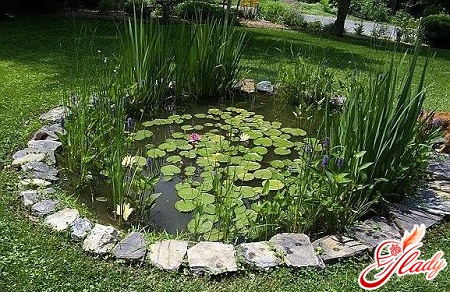
Care of artificial ponds
To make your artificial pond lookNaturally and effectively, it needs to be looked after. Only large ponds, which form a closed ecosystem, do not need care. And in small ponds, the water inevitably blooms, which can lead to its rotting and death of plants. To minimize the prospect of water blooming, the pond should be shaded if possible. You can also plant oxygenator plants in the pond that produce oxygen. A water filtration system and special chemicals will help in the fight for the purity of the pond. In the summer, it is imperative to add water to a small pond made with your own hands. And if the pond is planted with plants, then you need to monitor them, discarding dead specimens and removing rotten parts of plants. It is also necessary to clean the surface of the water from all kinds of foreign debris - fallen leaves and fruits, dead insects, dry grass and branches. In the fall, an artificial pond made with your own hands is cleaned of silt, and on the eve of winter, all non-wintering plants are moved from it. The plastic pond is half-emptied and several plastic bottles half-filled with water are placed on its bottom. This will prevent the appearance of bulges in the container during the winter cold. If any technical equipment is installed in the pond, it must be removed for the winter. With the onset of spring, the pond is topped up with water, overwintered or new plants are planted in it and the pumps and filters are returned to their place. And in the summer, typical maintenance of the artificial pond is resumed. If you are not ready to devote enough time to your man-made pond, then it is better not to arrange a pond on your summer cottage at all. Unfortunately, this pleasure is not free. Without proper care, your pond will turn into an unattractive muddy puddle, which, moreover, may also smell bad. But with careful and caring care, even the smallest pond will become a real decoration of the garden. Imagine... The quiet murmur of water in a fountain, the coolness of splashes, the sun's rays on the surface of a pond, the rustling of leaves, the chirping of grasshoppers - just a corner of paradise in your garden. Tempting? Well, everything is in your hands. Good luck!




